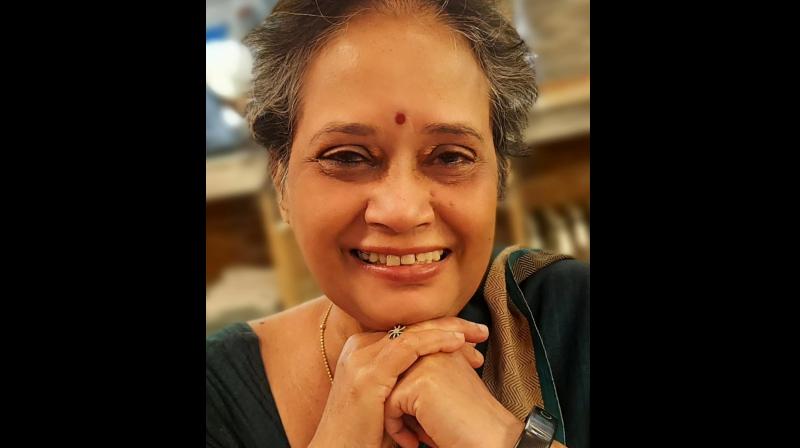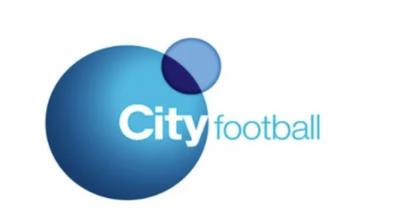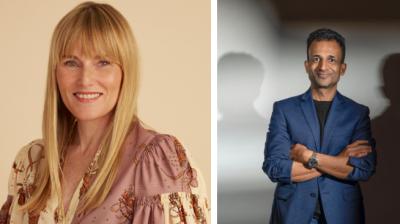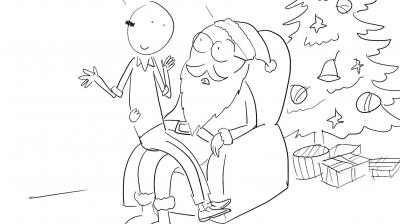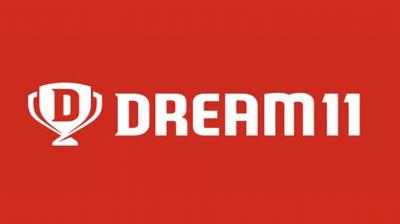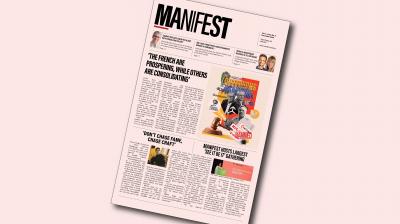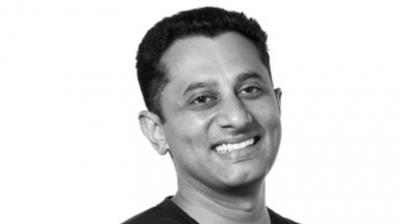I’ve been reviewing ads through a gender lens since 2013. Over the years, I’ve been heartened to see some campaigns challenge societal norms without compromising creativity. Yet, even the most progressive narratives often fall back on one lazy trope: idealised beauty. The people we see on screen almost always conform to narrow standards - fair, fit, flawless.
Why is it that in Indian advertising, television, and cinema, anyone who looks different is either invisible - or worse, ridiculed?
Too short? You’re the punchline. Too tall? The awkward misfit. A little too fat? Butt of overeating jokes. Too thin? Scrawny, gawky side kick. In a country as diverse as ours, where bodies come in every imaginable shape and shade, why does our media still cling to such a narrow frame of acceptability?
This isn’t new. Indian cinema has long used physical differences as a source of comedy. Tun Tun, Hindi cinema’s first female comedian, was a gifted singer reduced to comic roles because of her weight. Johnny Walker’s lanky frame and quirky voice became his entire on-screen identity. In more recent times, Rajpal Yadav’s small stature has made him a go-to for comic relief, no matter how nuanced his performance.
The pattern is clear: anything outside the fair, fit, and fabulous ideal becomes a caricature. Difference isn’t embraced - it’s exaggerated for laughs.
Advertising mirrors these biases. Deodorant and dating app commercials often portray short men as hopeless until a product “fixes” them. Food ads reduce overweight characters to irresponsible gluttons—not individuals navigating complex medical or psychological challenges. These portrayals aren’t about realism; they’re about reinforcing insecurity and selling solutions.
Women face a double burden. A plus-sized woman is almost always clumsy or maternal - not a romantic lead. A dark-skinned woman? She’s handed a miraculous fairness cream and a new lease on life. While blatant fairness ads have become less common, subtler versions persist. The beauty norm remains painfully rigid.
Even while moving away from stereotypes, the mantra seems to be one at a time. You show a dark-skinned girl, but she still meets the requirements of the dominant body type and features.
And these patterns aren’t harmless. A study by Dr. K. Maran showed that 76% of women in Chennai aspired to be thinner because of media portrayals. An audit of Indian advertising revealed that only 3–4% of ads featured people with darker skin tones or underrepresented ethnicities - despite India’s vast diversity.
These images don’t just shape how others see us they shape how we see ourselves. If you don’t fit the tight frame of perfection, you’re told you don’t belong. You’re not the hero, the boss, the object of desire. At best, you’re comic relief a fixture in the background.
That’s why the rare exceptions are powerful. Campaigns like Tanishq’s, featuring deeper skin tones or Dove’s Real Beauty initiative, with un-airbrushed women of all sizes, stand out not just for being progressive but for being real. They reflect the lives that millions of us actually live.
But such campaigns remain exceptions.
The burden of beauty falls unequally. While men now face pressure to be youthful and muscular, women are still expected to be slim, fair, flawless, and ageless. Even so-called “body-positive” ads often come with a catch: you’re still encouraged to change - with help from a product, of course.
We need more than inclusive casting - we need an inclusive imagination. Can we picture a romantic hero who’s short or bald? A CEO with grey hair and a paunch? A bride with a disability who is simply in love not a symbol of sacrifice?
Until we do, our screens will continue to reflect the aspirations of a narrow few and the frustration of many. Most of us will remain cropped out or turned into jokes.
It’s time to ask a simple question of those shaping our media:
Is your lens large enough to hold all of us?
The author is a trustee at Population First.

.jpg)
